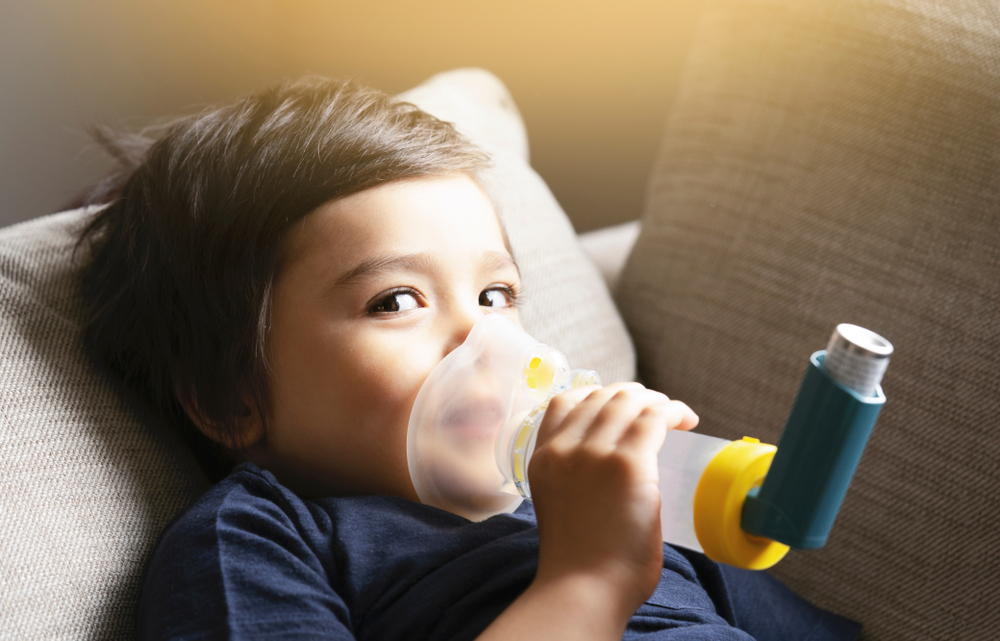
Research identifies key signs to predict infants’ risk of high asthma after bronchiolitis
A team of researchers at the Massachusetts General Hospital has identified a complex interplay among the infecting virus, the airway’s microbial composition and function, and the infant’s immune response that all contribute to a child’s risk of developing asthma after bronchiolitis, a common type of viral lung infection. The research, published in European Respiratory Journal, has identified 5 metatranscriptome profiles, or microbes’ RNA, within the airway of infants with severe bronchiolitis. The research team said that they analysed 244 infants hospitalized for bronchiolitis to reach their finding that infants had different risks of developing asthma risk by the age of 5 depending on their metatranscriptome profile. The researchers shared the hopes that their findings would help provide evidence base for the early identification of high-risk children during an important period of airway development.
